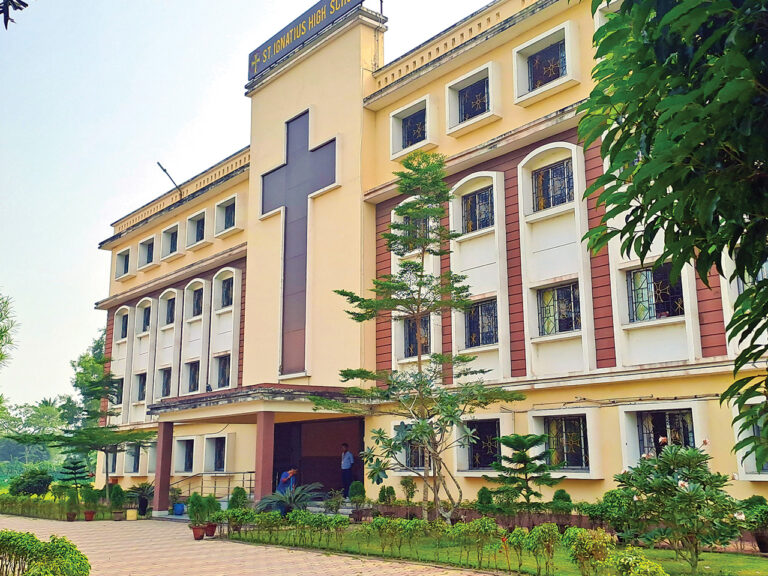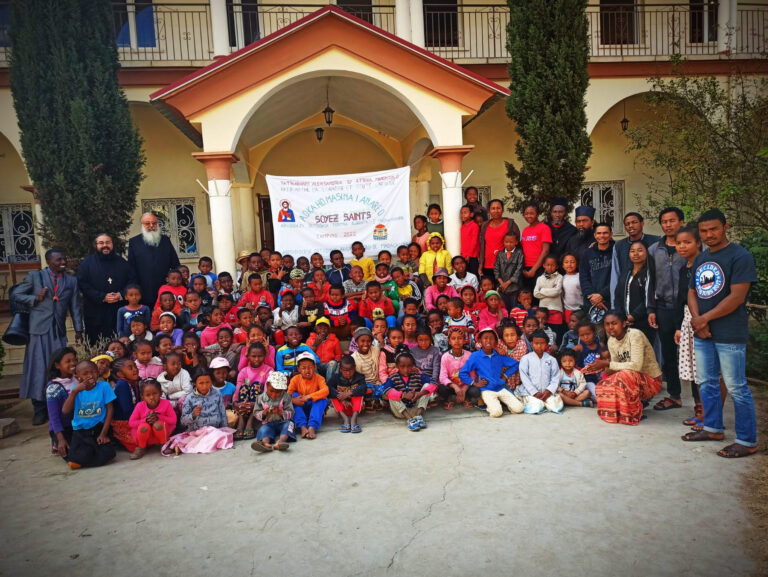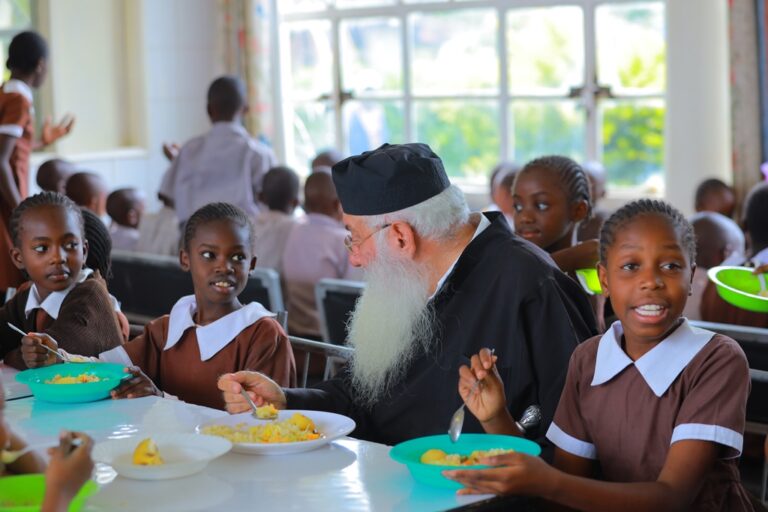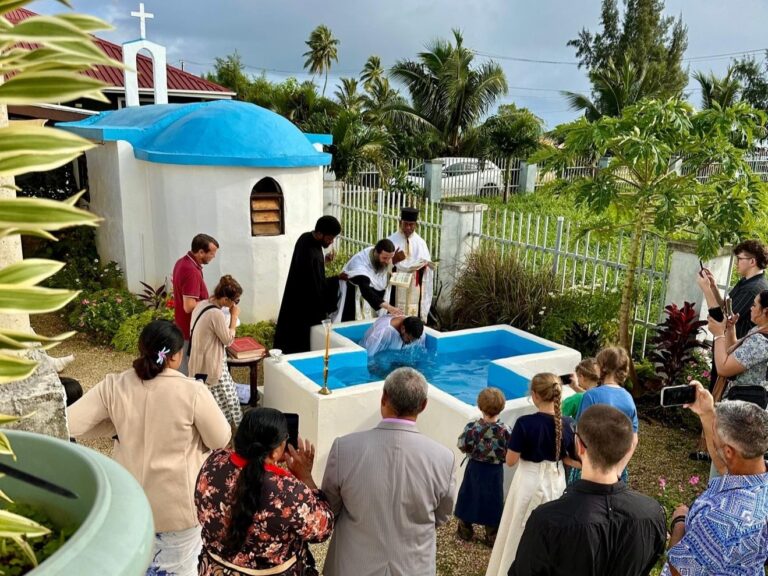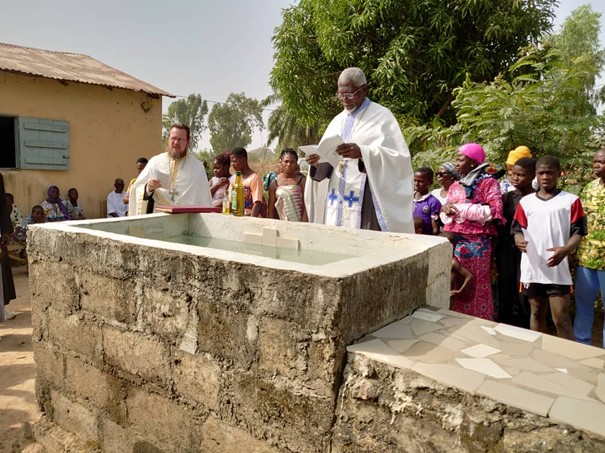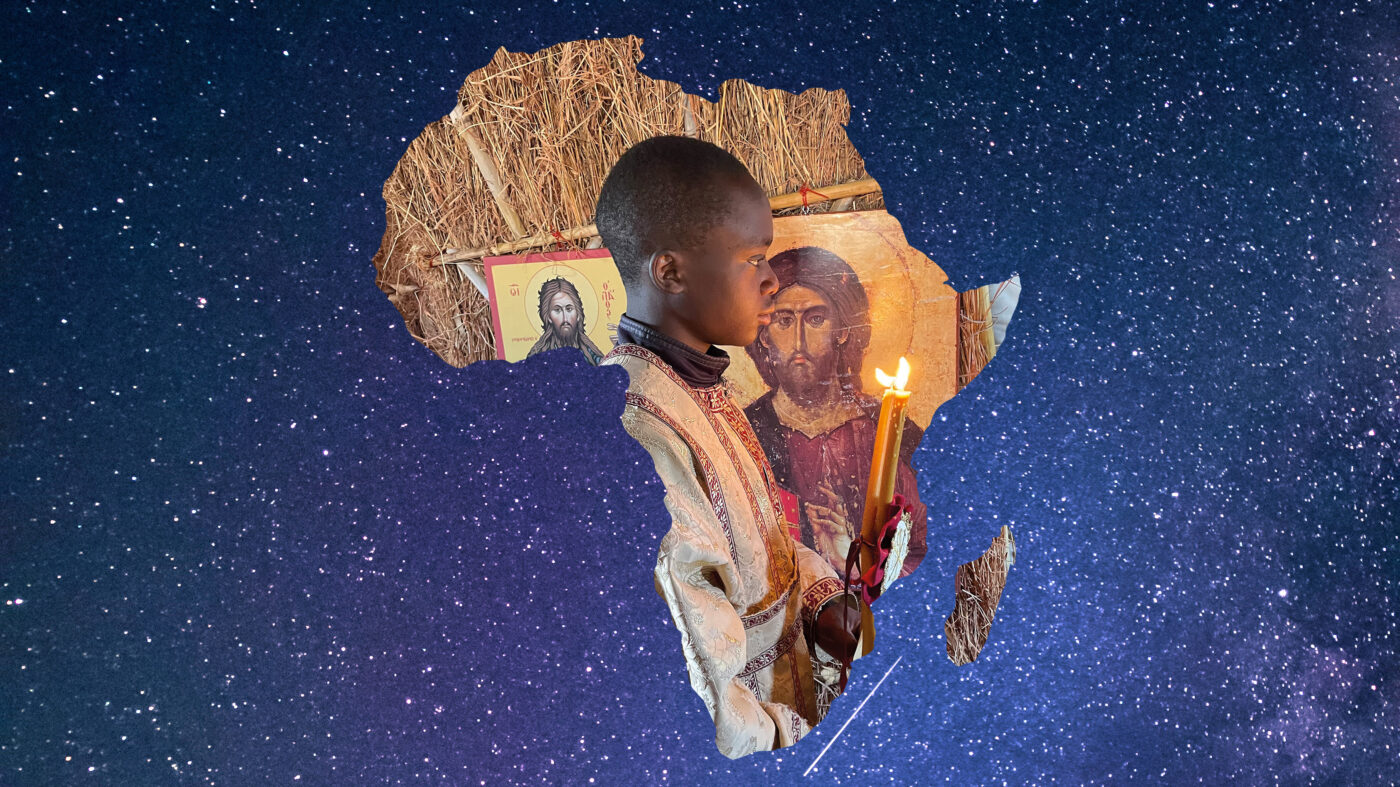India: The Sleeping Giant
With more than 1,400,000,000 inhabitants, India made headlines this year when it overtook China in population and is hoping to improve its economic and political power and claim a place equal to its size on the world map.
India is a land of great contrasts and my short visit to Central and North India gave me the opportunity to realize that. In a short distance, your eye travels from elegant villas to poor shanties and from imposing skyscrapers to families born and living on the streets.
Its exploding population makes traffic in the center of cities chaotic, with thousands of two-wheelers, three-wheelers and four-wheelers jostling to pass or cross the junctions, honking their horns with such naturalness and mastery that collisions are comparatively negligible. The freshness of the young faces walking in the streets or moving on tricycles and quadricycles to work or to school made visiting this country with a median inhabitant age of 28 years so irresistible, that any comparison with us in Europe makes you feel melancholy.
Everyone from early in the morning throws himself into work to earn their living without ever complaining. Young people run to school with real thirst as they know that education is a necessary qualification to be able to improve their situation and conquer a future with less deprivation. Private education is booming, with more than half of urban students enrolled in private schools.

Indians are proud of their long history spanning over three millennia. They are known for their peaceful spirit and boast that they have never engaged in aggressive wars. The country is full of great monuments, while a visit to Punjab, the Pentapotamia of Hellenistic times, is always moving for us Greeks.
Indian society is a deeply religious society with a strong respect for the sacred. Hindus form the majority of the population, but Muslims are a very large and visible minority that exceeds 15% and dominates some areas.
Polytheism is ubiquitous in India. Most Indians believe that their various gods are manifestations of a single god. In fact, the Indian is ready to believe in Christ as god. But it is very difficult for him to believe that Christ is the Only God. They believe that Jesus is an incarnation of god, but they cannot accept that all other gods are false!
This is why Christians in the country do not exceed 3%, while the Orthodox presence remains really in an embryonic stage, with the only exception being the region of West Bengal. For the 30 million of Delhi there is not a single priest to preach the message of Christ!
“Everyone who calls on the name of the Lord will be saved.
But how shall they call upon Him in whom they have not believed?
And how shall they believe in Him of whom they have not heard?
And how shall they hear, when there is none to preach?
(Ρωμαίους 10:13-15).
Let us pray that this will soon change for the good-hearted and peaceful people of India.
Georgios Kintsakis


